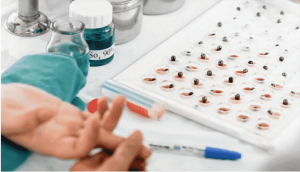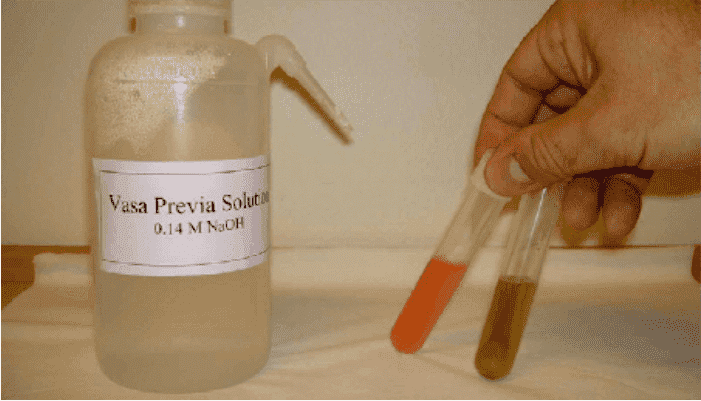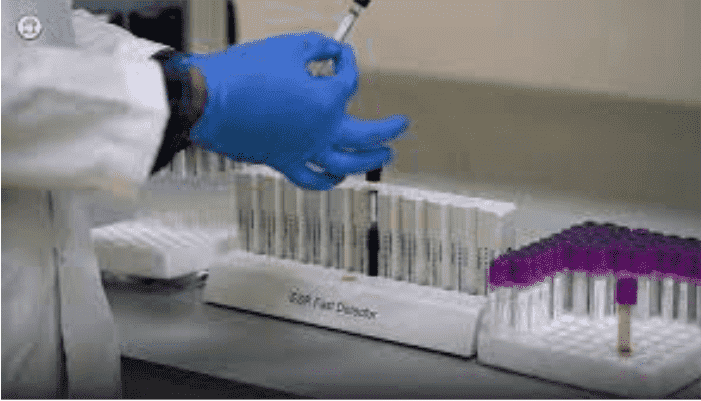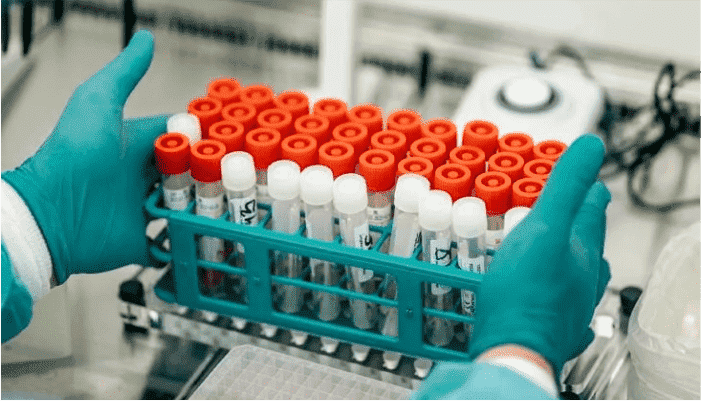Sickle Cell Tests: Solubility Screening for Hemoglobin S and Sickle Cell Disease

Synonyms
Dithionite Test, Itano Solubility Test, Murayama Test, Sickle Cell Preparation, Metabisulfite Test, Sickle Cell Solubility Test, Sickledex™
Test Commonly Includes
Several slightly different but widely accepted screening tests for sickle cell disease and trait. A positive result may require confirmatory testing such as hemoglobin electrophoresis or DNA analysis depending on institutional protocols.
Abstract
Tests for the presence of hemoglobin S and related variants help diagnose sickle cell anemia and assess other hemoglobinopathies with abnormal erythrocyte morphology.
Specimen
Whole blood
Container
Lavender top (EDTA) tube for venous samples; lavender top Microtainer™ for capillary samples.
Collection
For venipuncture, gently invert the tube to mix the sample. Avoid vigorous shaking.
Reason to Reject Sample
Clotted or hemolyzed samples are unacceptable.
Reference Range
Negative
Use
To screen for sickling hemoglobins, investigate hemolytic anemia, or assess abnormal RBC morphology observed in blood smears.
Limitations
False-positives may occur due to polycythemia, excess sample-to-reagent ratio, hyperglobulinemia, or rare hemoglobins (e.g., I, Bart’s, CGeorgetown, CHarlem). False-negatives are possible in infants under 6 months due to high HbF levels. Solubility tests are not reliable before this age.
Methodology
Solubility test using 2% sodium metabisulfite or commercial kits such as Sickledex™. Alternative methods include slide tests or high-salt solubility techniques.
Additional Information
Hemoglobin S forms due to a single amino acid substitution in the beta-globin chain. The homozygous state causes sickle cell disease, often severe, while the heterozygous state (trait) is typically asymptomatic. Clinical severity varies and is influenced by co-inheritance of other hemoglobins (e.g., HbF) or gene mutations in the β-globin cluster.
Sickle cell trait is common among African Americans. In certain surgical procedures, such as retinal detachment surgery, trait carriers are at risk of ischemic complications and should be screened preoperatively.
Sickle cell anemia and HbS/β-thalassemia may resemble one another clinically and hematologically. Confirmatory testing includes:
- Hemoglobin electrophoresis (cellulose acetate or agarose gel at pH 8.6 or citrate agar at pH 6.0)
- Family studies
- HbF quantification
- DNA analysis if needed
References
- Huisman TH. “Sickle Cell Anemia as a Syndrome: A Review of Diagnostic Features.” Am J Hematol. 1979;6:173–84.
- Serjeant GR. *Sickle Cell Disease*. 2nd ed. Oxford University Press, 1992.
- Steinberg MH, Dreiling BJ. “Clinical, Hematologic and Biosynthetic Studies in Sickle Cell Beta-Thalassemia.” Am J Hematol. 1976;1:35–44.
- Jacobs et al. “Laboratory Test Handbook.” Lexi-Comp Inc, 1994.


